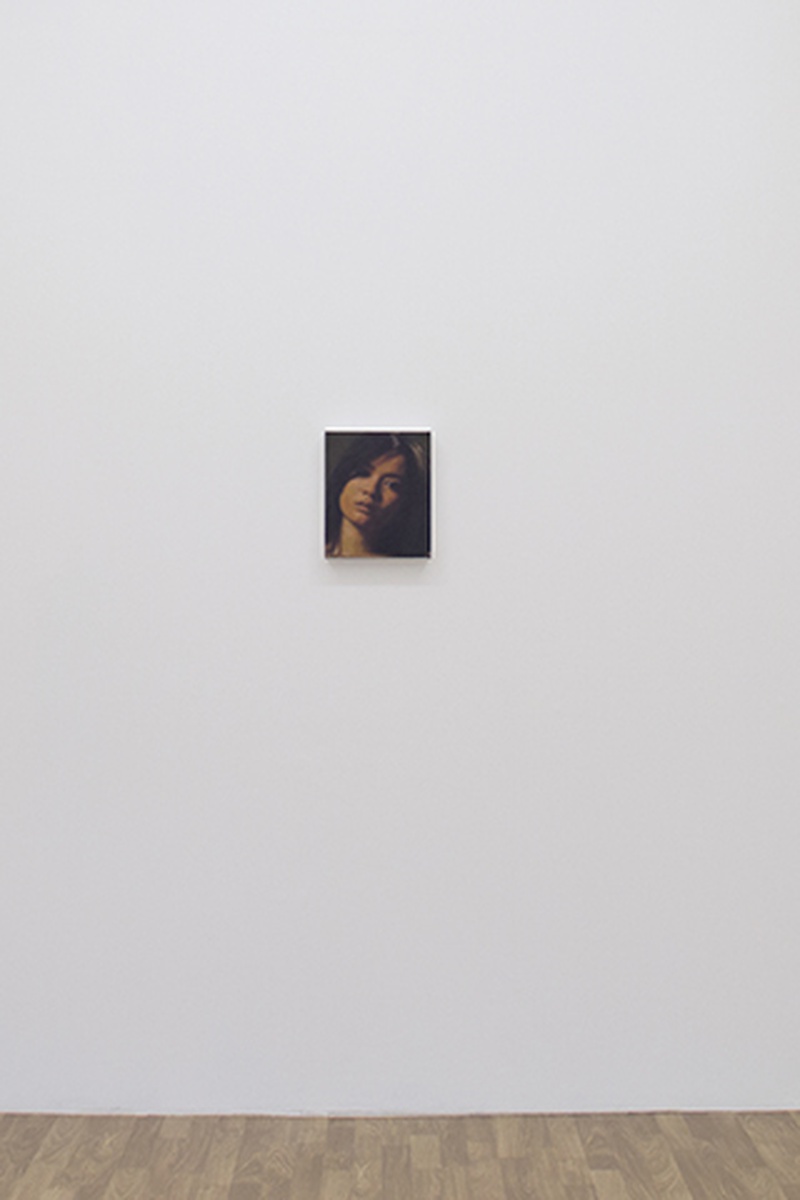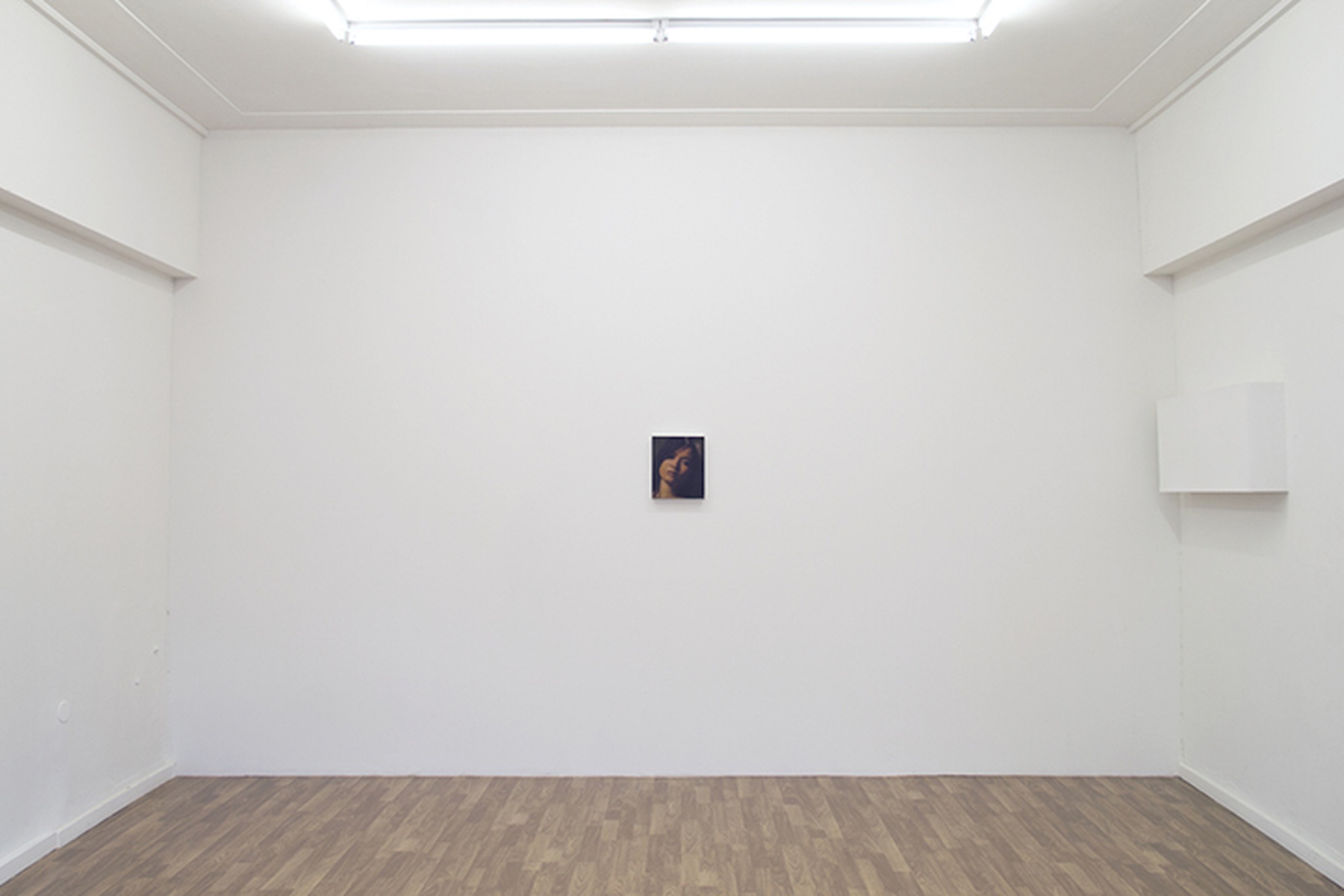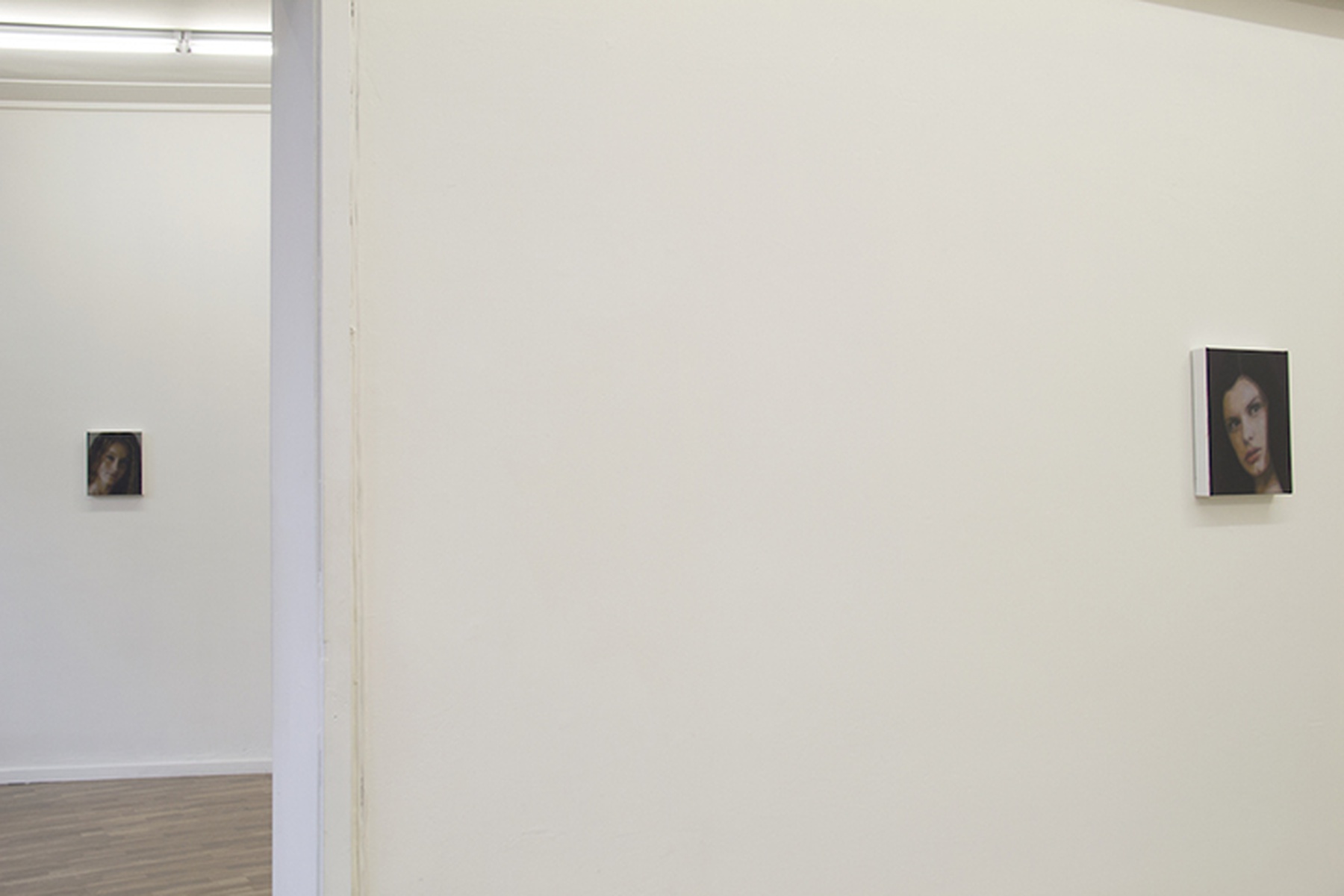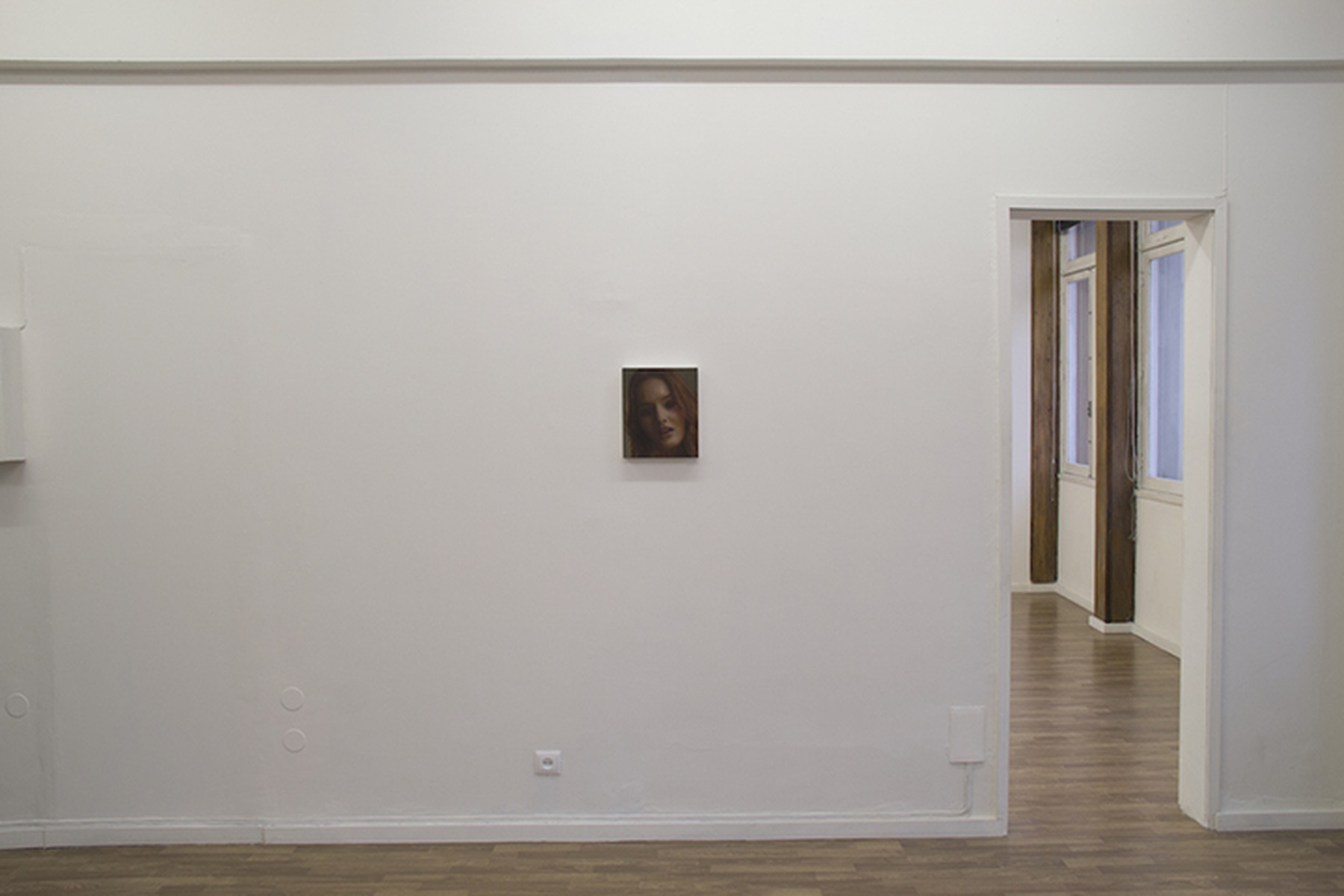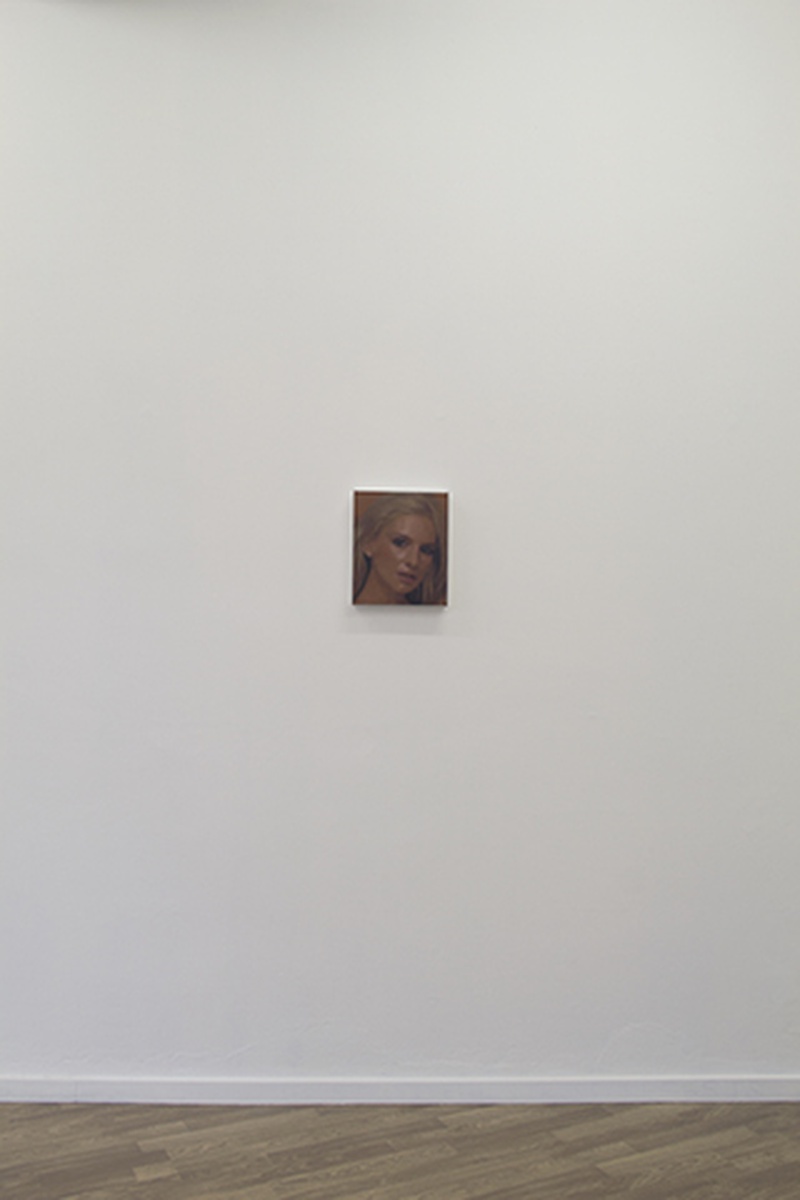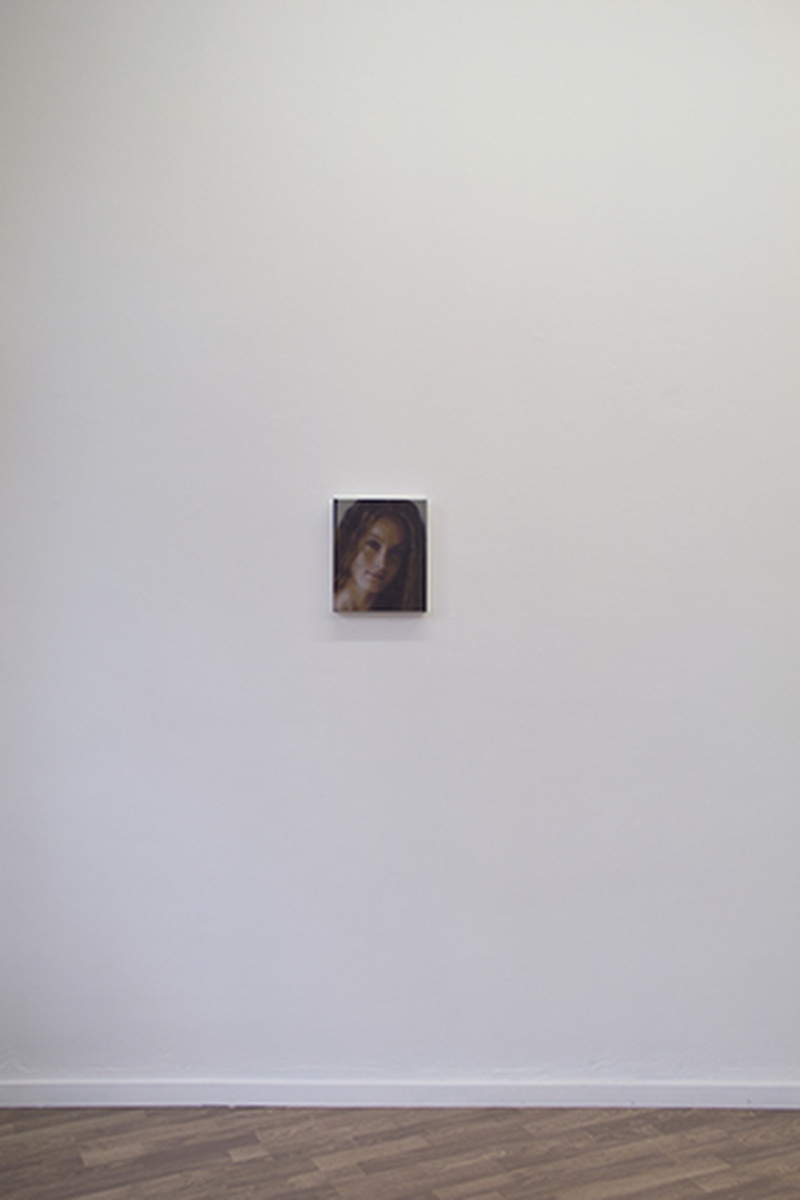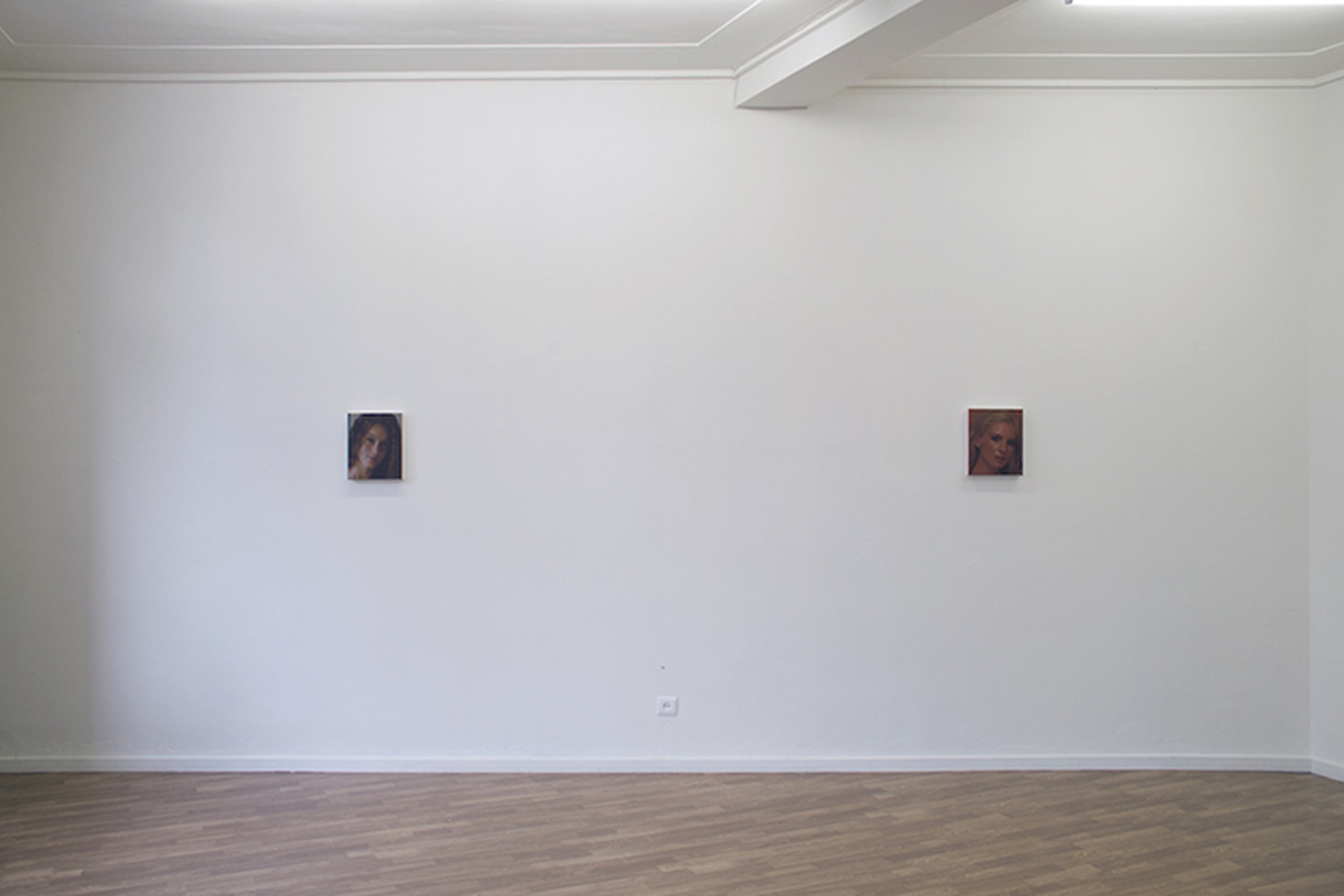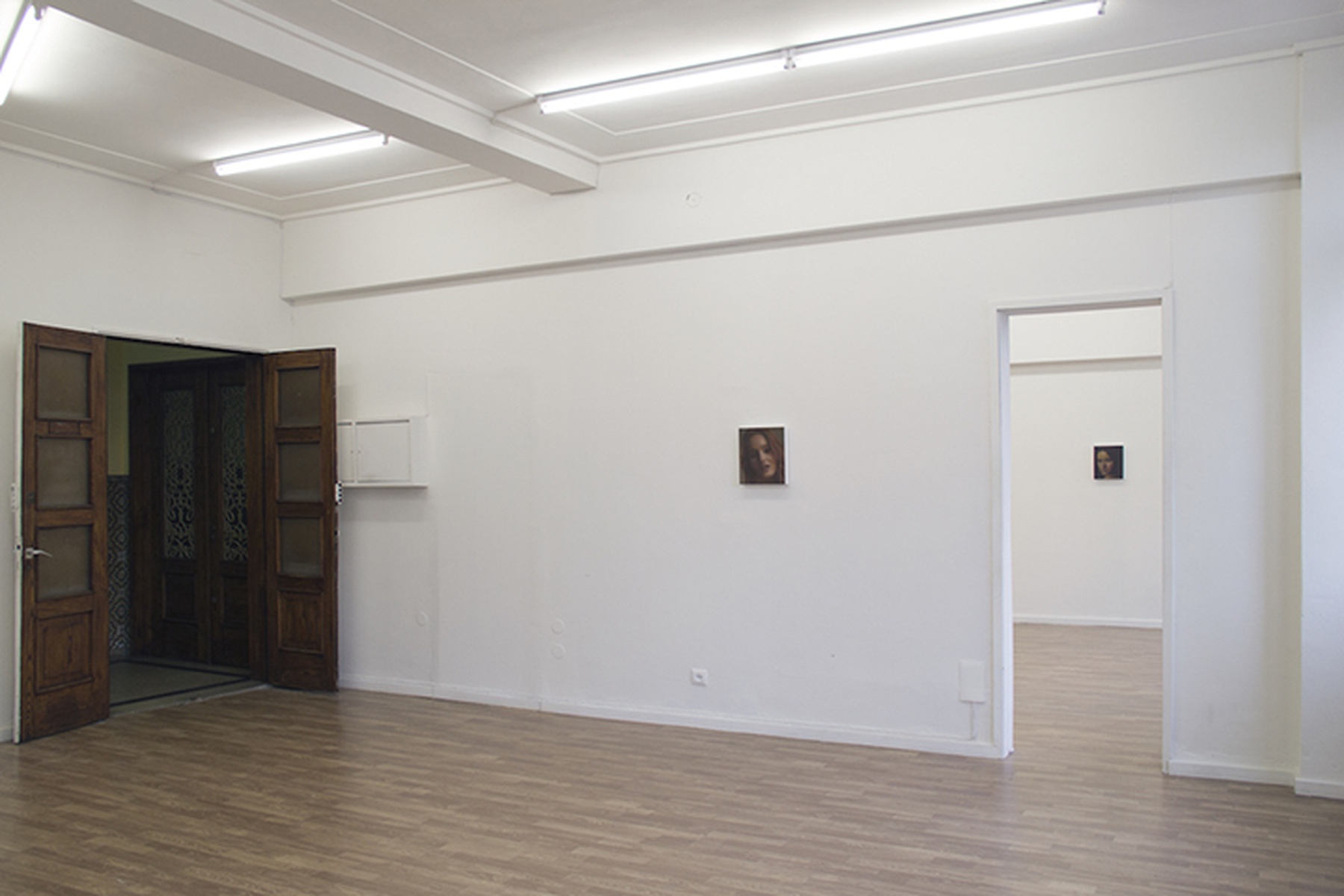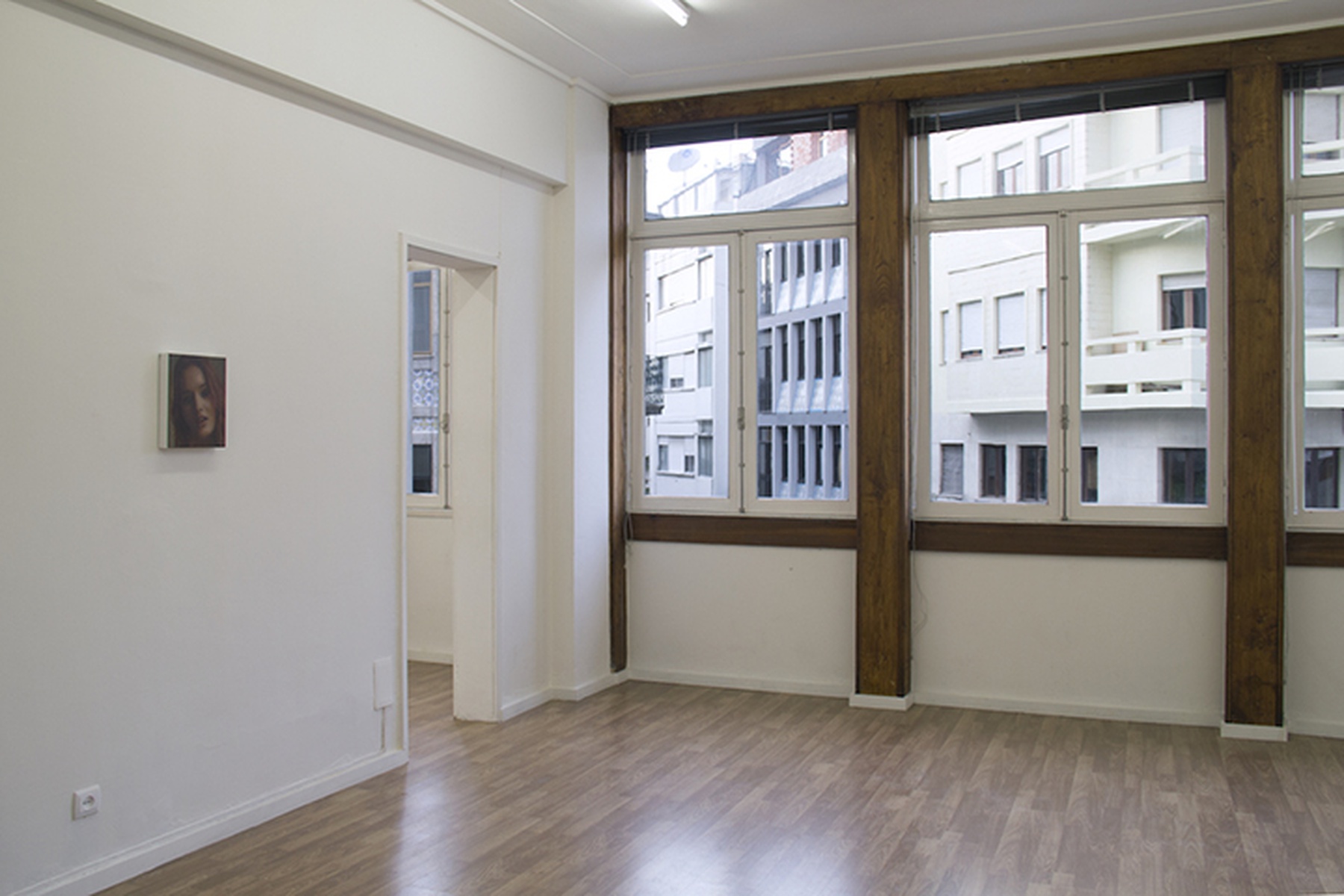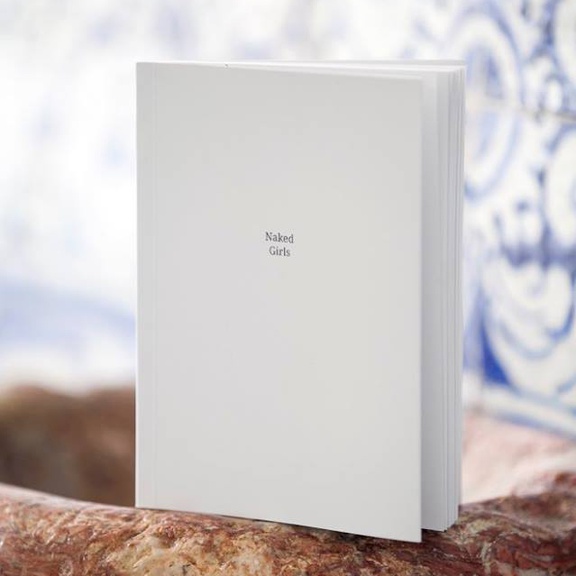Naked Girls
Exhibition
13 Nov – 12 Dec 2015
Opening
Friday, 13 November 22:00
Free admission
The naked and the nude, to take the title of a text by Kenneth Clark, is a topic constantly discussed in the art field. It is the difference between these two terms that everything is played: on one side the shame, on the other the aesthetic pleasure. Despite the acceleration favored by the new technologies, the distinction between the terms naked and nude remains operative, being the first usually referred to situations related to the private space, while the second is manifested in artistic achievements (sculpture, painting, photography, cinema).
Another author, Daniel Arasse, introduces a curious variant between these two poles. After recalling a phrase from Jean-Luc Nancy, in Corpus – “we have not put the body discovered: we invented it and it is the nakedness” – the art historian evokes the Venus of Urbino, painted in 1538 by Titian, to say that with this work the Italian artist perfected a “true strategy of eroticizing the visual representation of the female body from which European painting would not depart for three centuries”, i.e., until Manet.
It is in the detail of the two servants present in the background of the painting – characters that divert for a moment the attention from the nakedness, from the nudity, of the Venus –, that Arasse sees the invention of an idea destined for a long future: “busy packing (or seeking) the clothes of ‘donna ignuda’, these two figures transform the naked body that occupies the foreground in a ‘unclothed’ body”. And wasn’t it Goya who painted a Maja desnuda? It would fit here also a mention to the book Nus Sommes by Federico Ferrari and Jean-Luc Nancy, in which they discuss some of these issues, from A to Z, “The nude appears from a wait of nothing, from a bare look and without nostalgia for the complacent loneliness of form”, they write with regard to Combustione (1964), by Alberto Burri.
In the twentieth century, from Duchamp – Nude Descending a Staircase No.2 (1912) – to Gerhard Richter – Ema (Nude on a staircase) (1966) – painting continued to prolong the debate about the naked and the nude. This is also the central issue of the new series of works by Luis Paulo Costa, Naked Girls. Consisting of ten paintings, this body of work is now revealed simultaneously in two spaces: Sismógrafo, in Porto, from November 13, and Ermida, in Lisbon, in this case an exhibition that opened to the public on November 7. All paintings – oils on inkjet prints – have the same size (30 x 25 cm). These are images of the body worked through with painting as if the paint could be a skin that hides to be able to display.
Luis Paulo Costa (Abrantes, 1968) lives and works in Lisbon. He participated in several solo and collective exhibitions, namely at the Serralves Museum (Porto, 2012, 2013), Pavilhão Branco (Lisbon, 2014), Espaço Campanhã (Porto, 2012), among others. The subject of his work is painting. He is represented by the galleries Cristina Guerra Contemporary Art, in Lisbon and Pedro Oliveira, in Porto.
Exhibition
13 Nov – 12 Dec 2015
Opening
Friday, 13 November 22:00
Free admission

